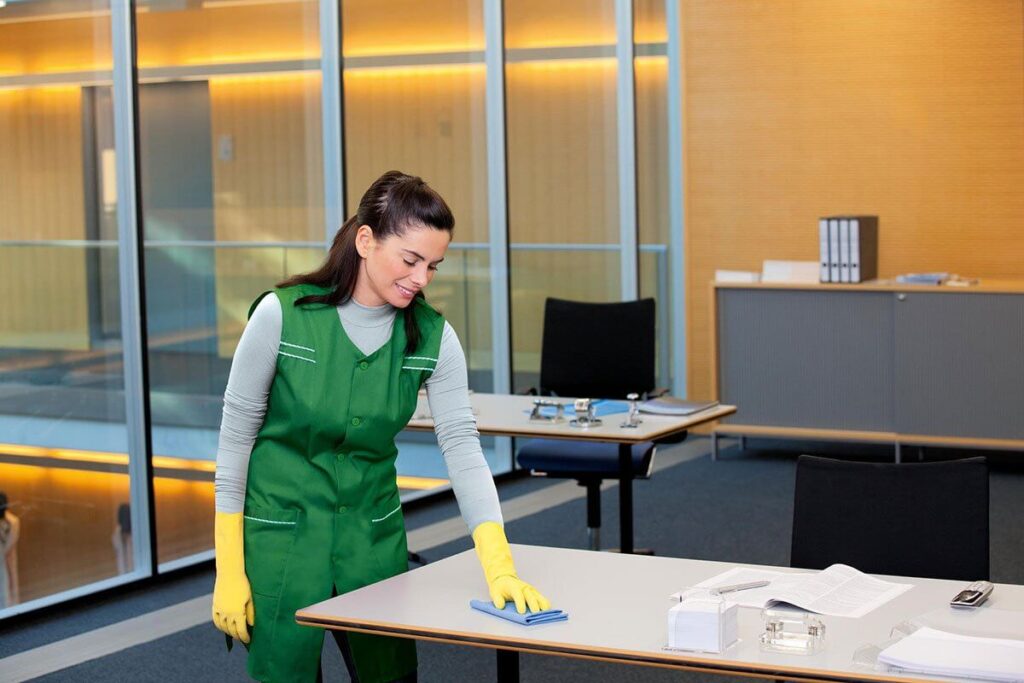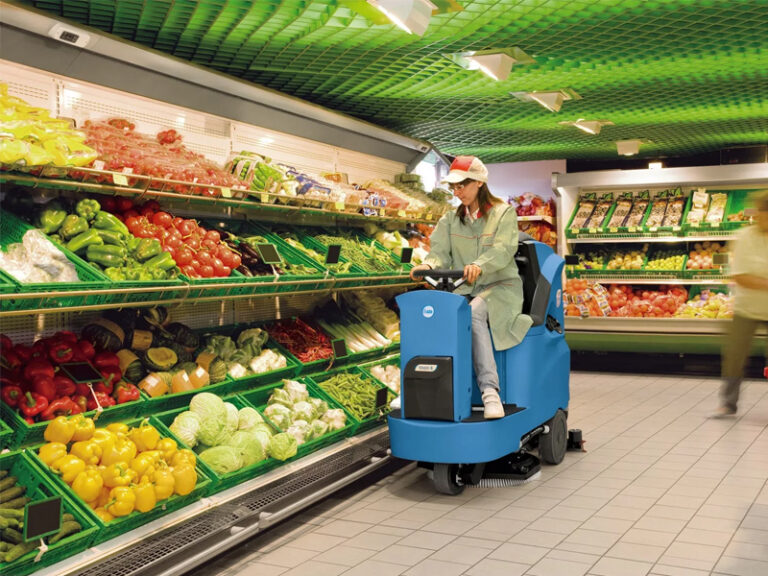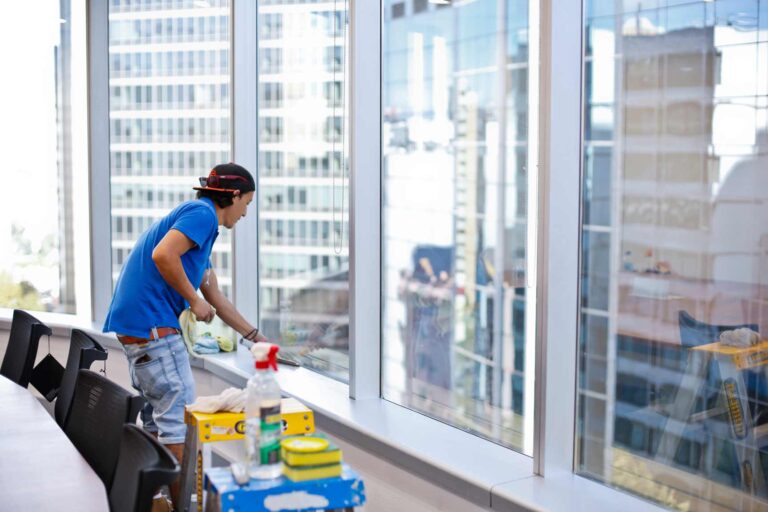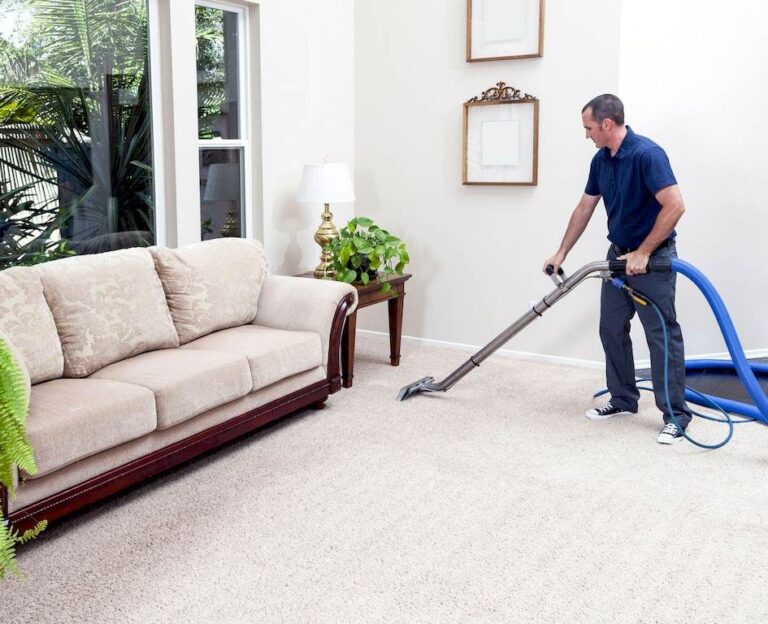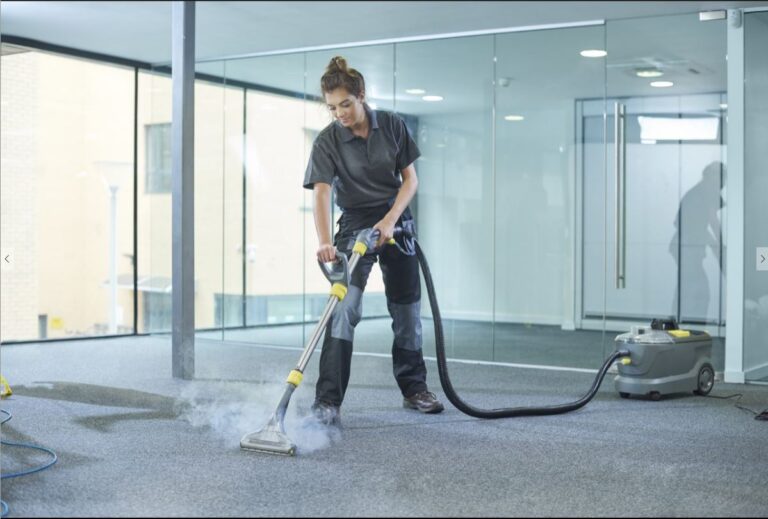How to draw up an office cleaning schedule correctly and why is it done at all? How to distribute office cleaning duties among employees if you do not use a cleaning company’s services and what is important to consider when drawing up such an “internal” schedule? You will find the solution to these and several other questions below.
Regardless of whether you use a cleaning company’s services or clean the office yourself, in any case, you need to draw up a schedule that will be followed by the people responsible for this task.
What is the office cleaning schedule for?
Few people would like to work in a dirty and dusty office, so daily, weekly, and monthly office cleaning is a must. And a schedule will help you keep your room clean and tidy. It will also help you keep track of your office cleaning.
By the way, it is not for nothing that they say it is much easier and more pleasant to maintain cleanliness in any room than to direct it initially in a heavily polluted office or home. If you draw up the schedule correctly, then cleaning will take no more than 15 minutes, and it certainly will not become difficult and expensive if employees of a cleaning company clean your office.
How to properly schedule office cleaning?
How to properly clean the office on schedule? The first and, perhaps, an important factor to consider when scheduling is cleaning time. And the time of daily cleaning depends on office hours. The best option is to either clean the office in the morning (before the start of the working day) or in the evening after finishing work.
However, suppose a large number of people visit the office every day. In that case, it may be necessary for a daily double or even triple cleaning, which can be performed both in the morning and at lunchtime, and other convenient hours, if necessary.
On the other hand, you can perform the weekly and monthly cleaning on the weekend as cleaning at the height of the working day is undesirable because office employees will be unwittingly distracted and unable to concentrate on their work.
The schedule should also indicate the dates of the so-called general cleaning, which are carried out either on weekends, once a week, or once a month. You must also leave space for unplanned cleanings that may arise during office hours.
The schedule should include a checklist of activities to complete your daily cleaning. It will simplify the cleaning itself and make it easier for the person in charge to monitor the schedule.
A cleaning schedule for the day, week, and month.
When work tasks take up all the time, you can forget about general cleaning. At first glance, it’s okay if dust collects behind the modems, and there are fewer clean cups in the kitchen. But this is only at first glance. Working in an untidy office is uncomfortable and unhealthy. No wonder there is the expression “disorder on the table, disorder in the head.” If the work area is cluttered, employees are less productive. And the dust that accumulates on upholstered furniture and carpet becomes a source of infections.
The best way to keep your work area clean is to make a cleaning schedule. Here we are bringing you a list of typical tasks and the frequency of their implementation.
1. Daily.
- Wipe dust off pieces of furniture: tables, shelves, cabinets.
- Wipe dust off office equipment.
- Wipe down the table lamps.
- Wipe switches and sockets.
- Vacuuming floor coverings, washing floors, and skirting boards.
- Take garbage from baskets to street waste containers, replace garbage bags.
- Wipe down internal partitions, glass, and plastic structures.
- Wipe down the windowsills.
- Clean up the kitchen.
- Clean the entrance area (wash the floor in the corridor, clean the rug).
It is more convenient to do daily cleaning before or after the start of the working day when employees are not present. In offices with a large number of employees or visitors, it may need to perform multiple cleanings during the day (maintenance cleaning):
- Wash the toilet and sanitary areas.
- Wash and wipe the floor.
- Throwing trash out of baskets.
Clean the toilets daily, twice or thrice if necessary:
- Cleaning and disinfecting baskets for used hygiene products.
- Wash and rub mirrors.
- Wash toilets inside, outside, under the lid.
- Wash and disinfect washbasins.
- Wipe the traces of spray from the tile.
- Wash and disinfect floors.
Employees who clean the premises can also replenish supplies:
- Liquid soap.
- Toilet paper and paper towels.
- Air freshener.
- Hygiene bags.
- Tablets for toilet cisterns.
For cleaning to be effective, it is best to arrange it in the form of a Checklist. You can develop a checklist for each area: kitchen, conference room, recreation area, study rooms, reception area, etc. Checklists prevent staff from forgetting where and what needs to be removed.
2. Weekly.
- Clean the carpet with a vacuum cleaner.
- Wipe dust off the photo frames on the walls.
- Then wash the tiles.
- Then wash the inner surface of the windows.
- Wash and polish the front desk.
- Wipe the door frames, radiators, and window frames with a damp cloth.
- Clean up in the refrigerator in the kitchen, throw away spoiled food.
- Clean the ventilation holes.
3. Monthly.
- Use a washing vacuum cleaner for carpets.
- Vacuuming upholstered furniture (dry cleaning).
- Dust off the cabinets.
- Cleaning lamps.
- Disinfect bathrooms.
- Wash windows and frames.
- Wash and disinfect urns.
- Wash and clean the floors completely by pushing the furniture back.
Complex general cleaning takes more time. During general cleaning, you deep clean the coating, remove the stubborn dirt, and restore the protective coatings or apply varnish, wax, or other antistatic agents.
Weekends are the best option for complex cleaning, or you can allocate a cleaning day. The date of the sanitary day is agreed with the sanitary-epidemiological authorities. Make sure to inform then visitors about the date of the cleaning day.
The schedule and types of harvesting work will differ for different companies, organizations, and industries. Using schedules for daily, weekly, and monthly cleaning, you can keep your rooms visually clean and sanitized.
To know more, click here.

